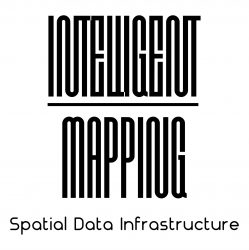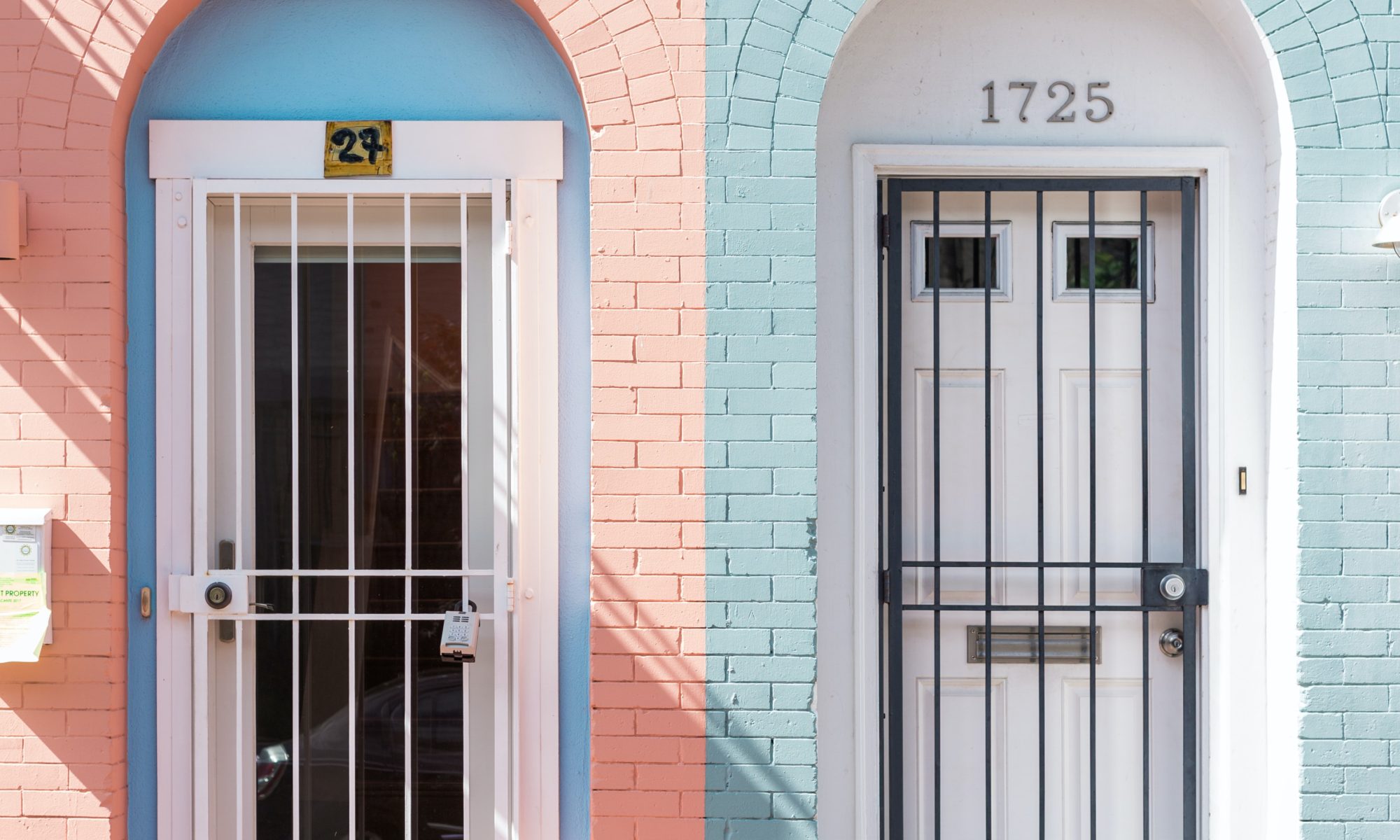Governments in developing countries do not have the ability to register students/voters/patients accurately for lack of consistent addresses, the same goes for other government and commercial organisations. The lack of backbone information infrastructure is rooted in a lack of maps and addresses which hampers planning and evidence-based decision making. Natural disasters are a prime example of this lack of basic planning tools. Open Street mapping and https://mapaction.org are responses to the need for mapping information management as soon as disaster strikes. QZ Africa chronicles how Poor data hurts African countries’ ability to make good policy decisions.
The traditional way for mapping as prescribed by the ISO Standard and the recommendation of the World Bank for Street Addressing and the Management of Cities will mean an address naming project for a country which will take over 10 years at a huge cost; regardless of mitigating actions and devolved authority to local action. The emirates of Abu Dhabi launched an addressing initiative in 2012 to finish in 2014 https://onwani.abudhabi.ae with traditional addressing approach and QR codes attached. Onwani in the webaddress simply means my address in Arabic. In 2019 the Emirates municipalities are still allocating funds to finish the work, naming roads and putting up signes and numbers. An app was created to facilitate the use of this system “Onwani click” in your nearest app store. Ministries hold workshops for logistical firms to introduce them to the addressing system. This is in an emirate that is less than 3 million people and $130,000 GDP per person. Imagine doing this in Nigeria.
The biggest drawback of this approach is the lack of utility in the intervening years and the diminishing rate of return on investment.
The process of naming every street and issuing a numbering system for each street will take a very long time and cost a lot of money without providing immediate relief or utility. A significant drawback to this approach is the lag time between areas with named streets and numbers which are prone to mistakes, going out of date quickly, and suffer from ambiguity that all traditional addressing suffers from. For example;
A post code, PE33 9QL in rural Cambridgeshire provides no help to a postman or to delivery services. While a six characters ‘HG66+H7,’ King’s Lynn is specific to 13 meters for a building at the end of dirt track. The actual location of a building, with this address ‘School Ln, end of River Drove, Stoke Ferry, King’s Lynn PE33 9QL,’ is 500 meters away from the postcode center as the crow flies and 1700m along the road. This is in Britain who has been mapping and addressing for over 200 years, what chance developing countries have?
I grew up in a country where there are some street names, and in some cases numbers, but nobody uses them. The simple reason for this is the time lag between new roads and buildings made and the official naming and numbering happening simultaneously. This demonstrates another example of the lack of a solution with traditional addressing.
So, what are the properties we need in an address, derived from the lessons learnt in the above examples:
- Utility: Address can be used as a unique identifier for a building or a place, now. Allowing organisations to consistently attach information to that place, for example, voters, patients, students, utility bills, shipping address and so on.
- Easily Discoverable: The last thing you need is to spend €27m in a small country like Ireland to let people know what their postcode is!
- A local app is not necessary to find addresses in your locality.
- Machine readable when hand written on an envelop.
Just after I finished writing this article I became aware of a company which is trying to create addressing within their own city in Libya https://misrata.onwan.ly. It provides a local system that will work for them for lack of a universally adopted system. This is akin to the addressing System of Abu Dhabi reliant on a number, local mapping application and a QR code. QR code can not be had written.
Open Location Code have the characteristics of a global easy to adopt system which we need to start building a different kind of world. As the pandemic “has been likened to an X-ray, revealing fractures in the fragile skeleton of the societies we have built”. UN Secretary General Guterres. We cannot afford not to do so.
I discover now that the Open Street Maps community proposed the adoption of OLC January 2019. A step in the right direction if implemented and an example to other mapping oranisations.


